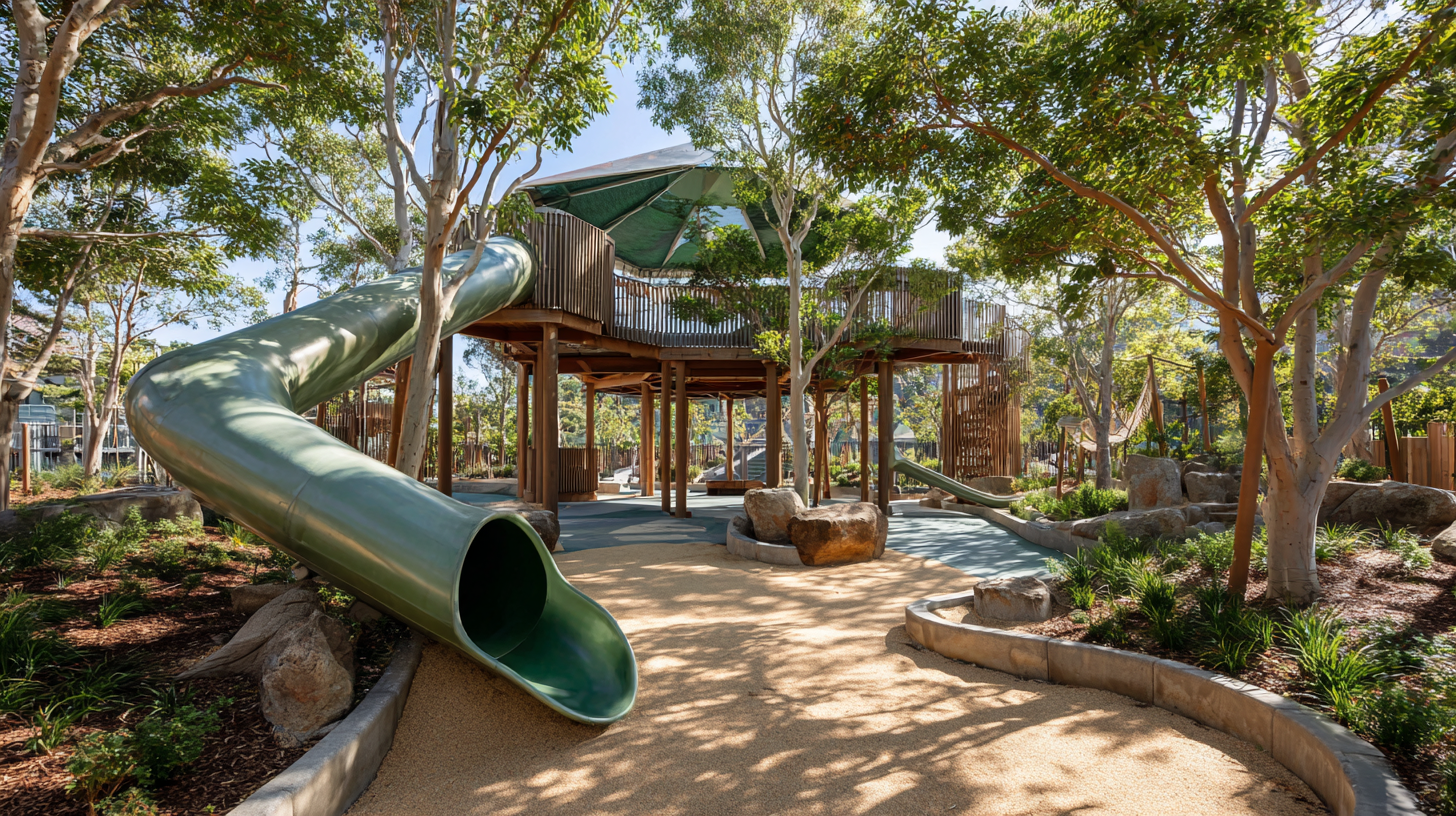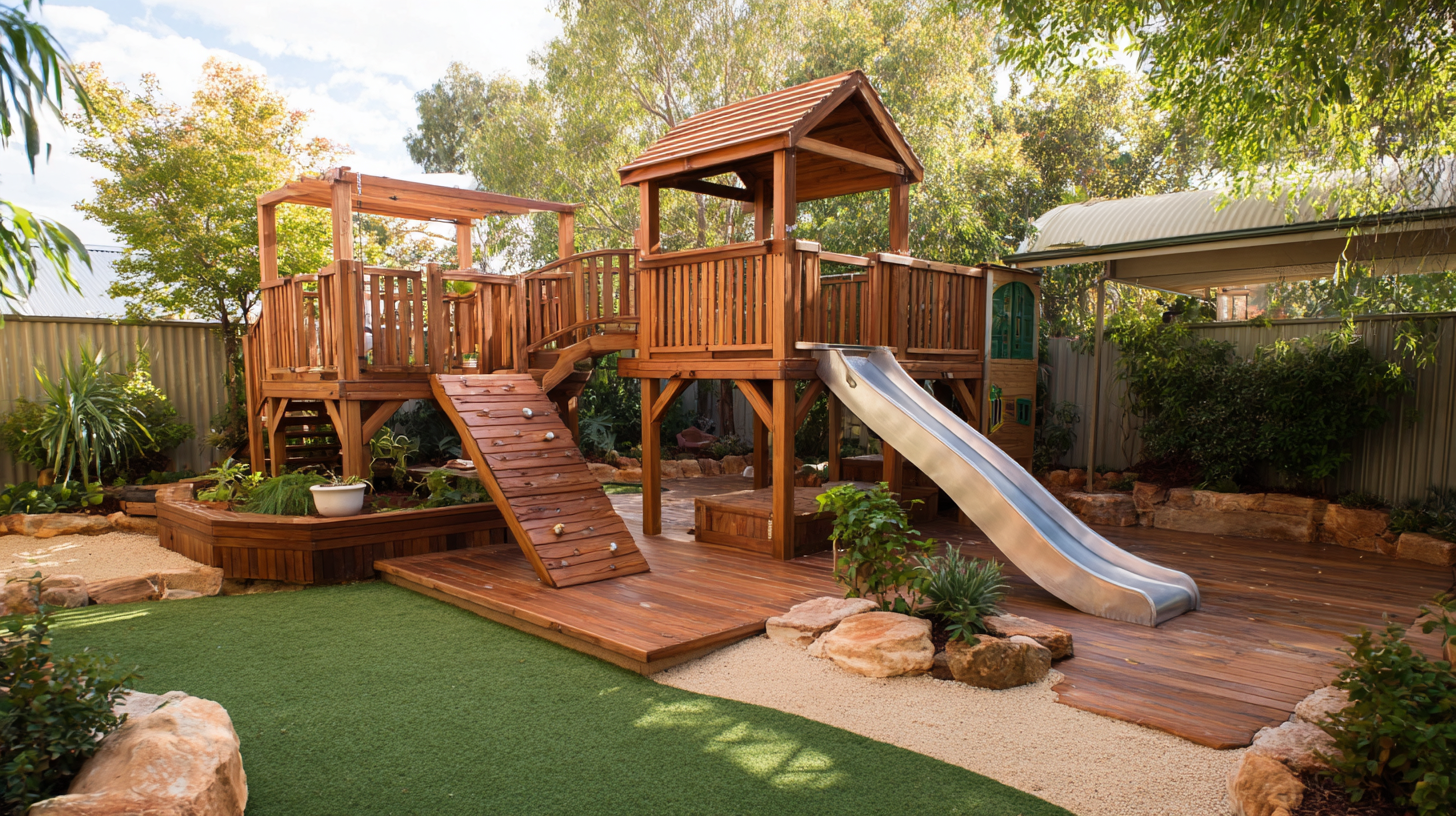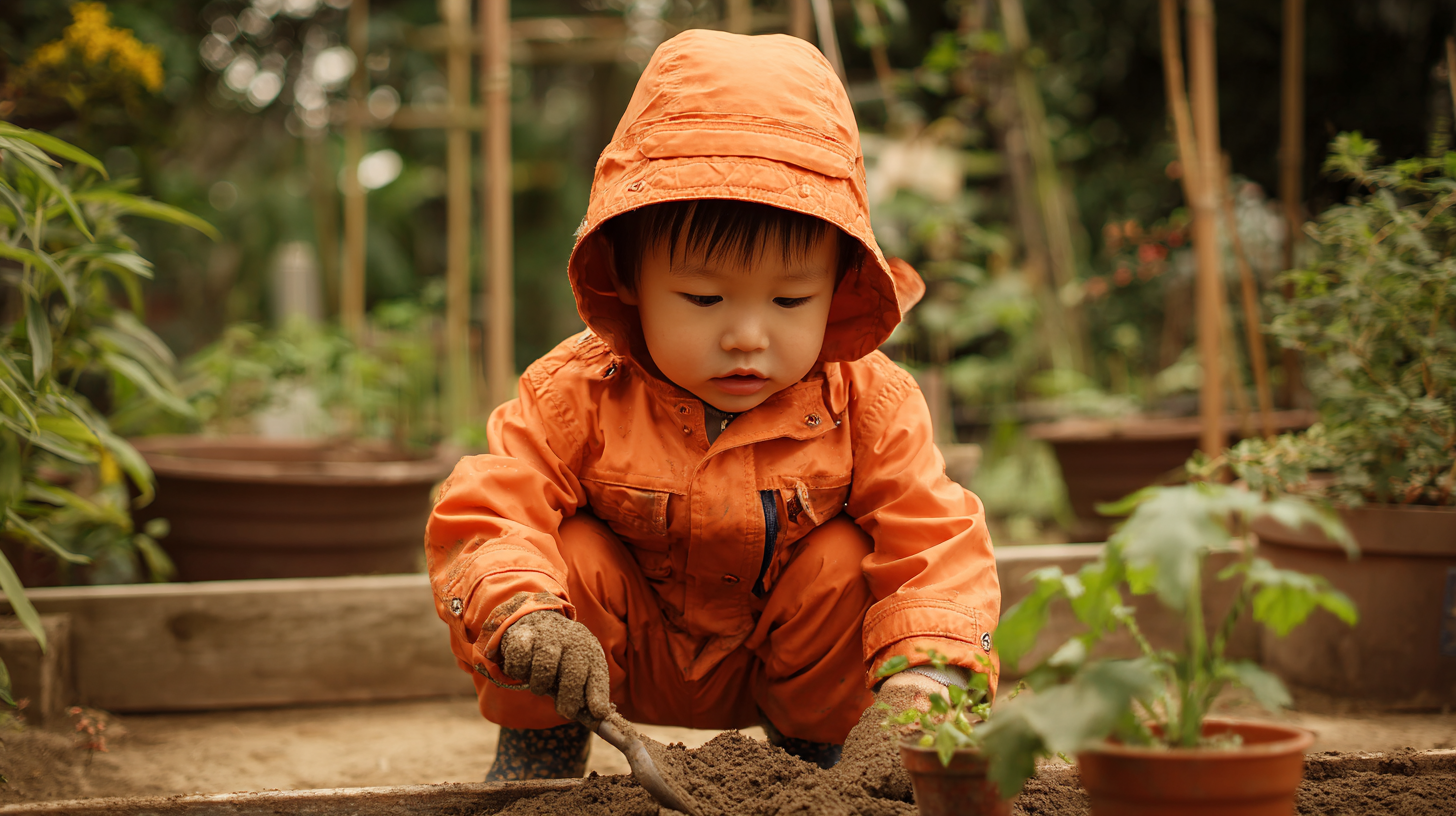 +86-13901441113
+86-13901441113




In recent years, the importance of outdoor play for children's development has gained significant recognition, with studies highlighting that active and engaged play can enhance physical health, social skills, and cognitive abilities. According to a report by the American Academy of Pediatrics, outdoor play, including activities that involve "Garden Play", can reduce the risk of obesity and promote overall well-being.
 As more families seek to create safe and stimulating environments in their backyards, understanding the best specifications for garden play equipment becomes crucial. This guide aims to maximize both the fun and safety of garden play, ensuring that children can explore, learn, and grow in a secure outdoor setting. By adhering to industry standards and recommendations, parents and caregivers can transform their gardens into vibrant play areas that foster creativity and healthy physical activity.
As more families seek to create safe and stimulating environments in their backyards, understanding the best specifications for garden play equipment becomes crucial. This guide aims to maximize both the fun and safety of garden play, ensuring that children can explore, learn, and grow in a secure outdoor setting. By adhering to industry standards and recommendations, parents and caregivers can transform their gardens into vibrant play areas that foster creativity and healthy physical activity.
When it comes to creating a safe and enjoyable garden play environment for children, selecting the right materials for play equipment is crucial. Natural materials such as wood not only blend seamlessly with outdoor aesthetics but also provide durability and safety. Look for wood that is treated to withstand weather conditions, avoiding chemicals that could be harmful. Additionally, opting for wood certified by sustainable sources can assure parents that they are making an eco-friendly choice while prioritizing their child's safety.
Another important aspect to consider is the type of surface underneath the play equipment. Soft materials such as rubber mulch, pea gravel, or artificial turf can cushion falls and significantly reduce the risk of injury. Each surface type has its advantages; for instance, rubber mulch offers excellent drainage, while pea gravel provides a natural look and feel. It’s wise to assess the specific needs of your garden and the age of the children who will be using the space in order to select the most appropriate materials that ensure both safety and durability. By carefully considering these aspects, you can create a garden play area that not only captivates children's imaginations but also protects them as they explore and play.
When it comes to garden play equipment, ensuring the safety of children during playtime is paramount. Essential safety features should be the top priority for parents and guardians selecting items for their outdoor spaces. One vital aspect is material quality; equipment made from durable, non-toxic materials can withstand weather changes and reduce the risk of injury. Moreover, rounded edges and smooth surfaces are critical in preventing accidental cuts and bruises, ensuring that play remains a joyful experience.

In addition to material considerations, stability and secure anchoring are crucial for equipment like swings and climbing frames. Always opt for designs that can be securely fastened to the ground to prevent tipping during vigorous play. Adequate spacing between play components and safe fall zones covered with soft materials like mulch or rubber can further reduce injury risks. Regular maintenance checks for wear and tear can help identify potential hazards before they lead to accidents, creating a safe and enjoyable environment for children to explore and play.
Creating an engaging and fun play environment in your garden can transform it into a vibrant space for children of all ages. Incorporating features like a well-designed playhouse not only sparks imagination but also promotes active play without cluttering your living areas. These playhouses are perfect for indoor use, providing a cozy retreat where kids can indulge in creative adventures while keeping the home visually appealing.

In addition to playhouses, gardens offer endless possibilities for enriching family activities. Consider organizing birding walks or arts and crafts sessions within your garden space, encouraging children to connect with nature while engaging in creative expression. Activities like yoga or lawn games can build physical skills and foster family bonding. By curating a diverse range of play options, you can ensure that your garden is a delightful hub for fun, creativity, and safety, nurturing a love for outdoor play among children.
 Maintaining a garden play area is essential for ensuring that kids can enjoy a safe and enjoyable space for recreation. One of the first steps in prolonging the life of your play area is to regularly check the equipment for any wear and tear. Inspect swings, slides, and climbing structures for stability, paying close attention to bolts and fasteners. Tightening these components can prevent accidents and enhance safety. Additionally, ensure that any soft flooring, such as mulch or rubber mats, is well-distributed and not overly compacted to cushion falls effectively.
Maintaining a garden play area is essential for ensuring that kids can enjoy a safe and enjoyable space for recreation. One of the first steps in prolonging the life of your play area is to regularly check the equipment for any wear and tear. Inspect swings, slides, and climbing structures for stability, paying close attention to bolts and fasteners. Tightening these components can prevent accidents and enhance safety. Additionally, ensure that any soft flooring, such as mulch or rubber mats, is well-distributed and not overly compacted to cushion falls effectively.
Another important aspect is to keep the surrounding area clean and free from debris. Leaves, branches, and other litter can pose hazards or impede play, so regular sweeping or raking is advisable. Consider establishing a routine maintenance schedule that includes cleaning, inspections, and timely repairs. Furthermore, planting shade trees nearby can protect your play area from the elements, providing shade to keep materials from fading and kids cool during sunny days.
Implementing these expert tips will help you sustain an inviting and safe garden play area, allowing for endless hours of fun.
When choosing garden play equipment for children, it's crucial to consider age-appropriate specifications to ensure both fun and safety. For instance, toddlers and preschoolers benefit from toys that enhance motor skills and social interaction, while older children can handle more complex and imaginative play structures. Engaging in pretend play at this stage helps develop communication skills, making it essential to provide toys that encourage creativity and role-playing scenarios.
Tips for selecting the right play equipment include evaluating the materials used—opt for non-toxic, durable options that can withstand outdoor conditions. Additionally, check for safety features such as rounded edges, sturdy construction, and stability to prevent tipping. For example, soft play mats can further enhance safety while allowing kids to explore their environment freely.
Furthermore, incorporating educational elements into play can maximize enjoyment and learning. For younger children, consider items that promote sensory play or cognitive development, while older kids may appreciate challenging designs that stimulate problem-solving skills. By factoring in these age-appropriate needs, you can create a garden play area that is both enjoyable and safe for children of varying ages.